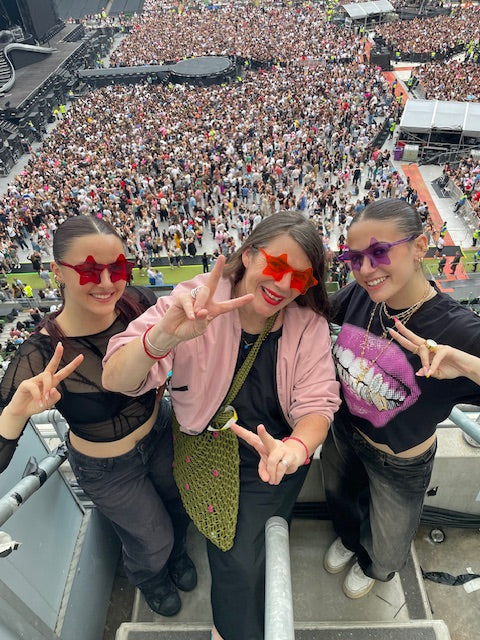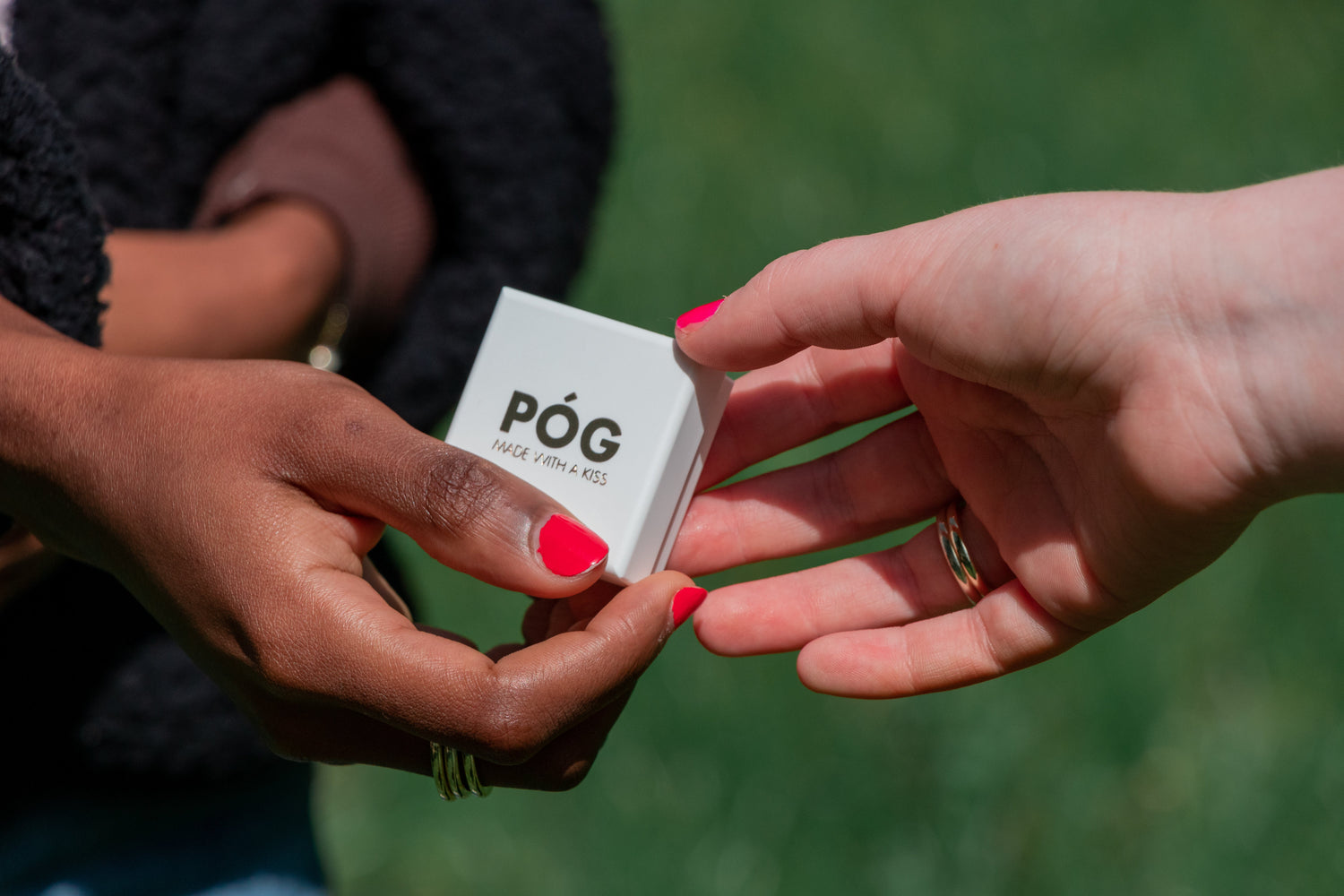
The History of Barbie
Melissa Curry
Since Barbie's debut in 1959, she has been a long-time favourite of little girls all over the world. What began as a simple child’s toy became a household name and a powerful tool for social change. It is an interesting indicator of women’s history throughout the decades.
The sensation struck young female audiences everywhere, in a time when girls' toys were solely geared towards homemaking and motherhood. Barbie allowed girls to choose who they wanted their doll to be and had an air of independence about her.
While Barbie remains popular as ever today, the backstory behind her origin provides an empowering tale, which ties in nicely with our current Pink Power Month at PÓG.

The founder of Barbie, Ruth Handler was first inspired to create the doll while watching her children play with their toys. She noticed that her son’s action figures allowed him to be everything from a racecar driver to a doctor. In contrast her daughter’s toys, mostly baby dolls, only allowed her to be one thing: a mother. Ruth, a savvy businesswoman, was ahead of the curve and ignored by directors at the toy initially, including her husband.
However, she knew this was something that would resonate with young audiences. All girls' toys at the time pushed women towards making children the ultimate goal. After seeing her daughter ignore her baby dolls in favour of paper dolls that were made from snippets of adult women from fashion magazines, she had a eureka moment. Ruth began manufacturing the Barbie doll, naming her after her daughter Barbara.
In the Barbie universe, building a home that is centered around a husband and rearing children is far from the goal. This idea was very forward-thinking at the time of Barbie's launch.
Her creation shattered societal expectations of women. This catapulted the ambition and drive within young girls to achieve and experience more in life than simply having offspring. Suddenly, the possibilities were endless, Barbie could be anyone she wanted to be.
The older age of the doll opened up a world of dreams and possibilities that await children in their adult lives. It allowed young girls to dream big. This encouraged young girls to embrace girlhood and femininity in a way that was very enjoyable for them.
However, it is important to note that Barbie's body is not realistic. Biologically, it is physically impossible for anyone to have the proportions of Barbie. If she was a real-life woman, everyday tasks like walking and eating would be extremely difficult, due to the lack of organs and a bowling ball-sized head.
Of course, as with any vehicle for social change, Barbie experienced backlash. The outcry from the public was largely due to the mirror Barbie held up to society at the time. Barbie's adult appearance i.e. her boobs affected her reception.
Angered parents wondered why this was necessary on a doll made for kids. But
this was the whole point of Barbie.
As an adult doll, she made it easy for young girls to imagine what it would be like for them when they grow up. Hiding what is a normal part of womanhood from children will only bring shame to it. This is exactly what Barbie did, she ignited the question of what it means to be a woman and the power of embracing femininity.
For more barbie, we have listed our sources.




